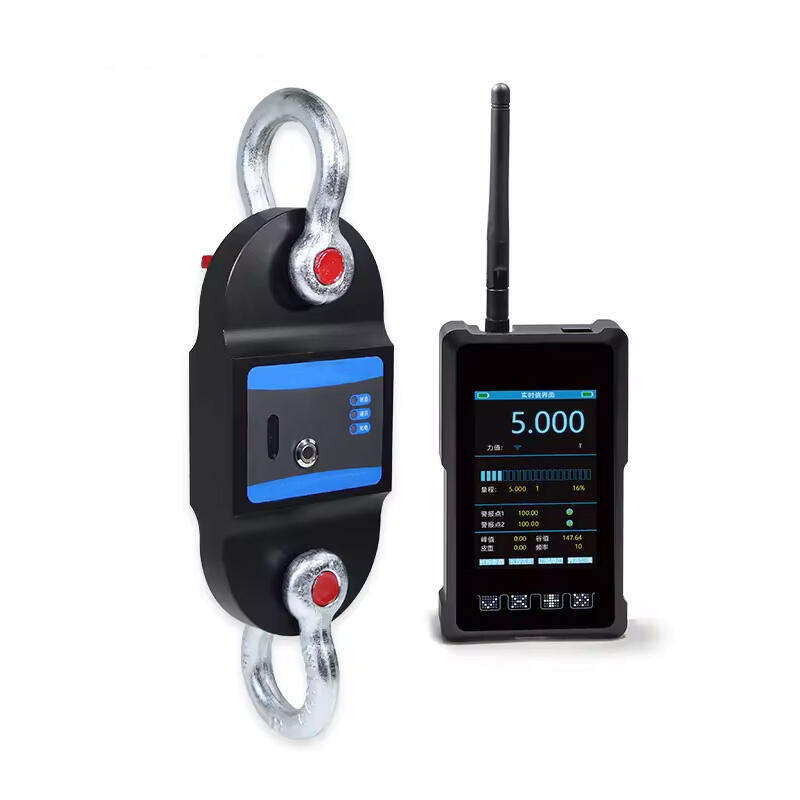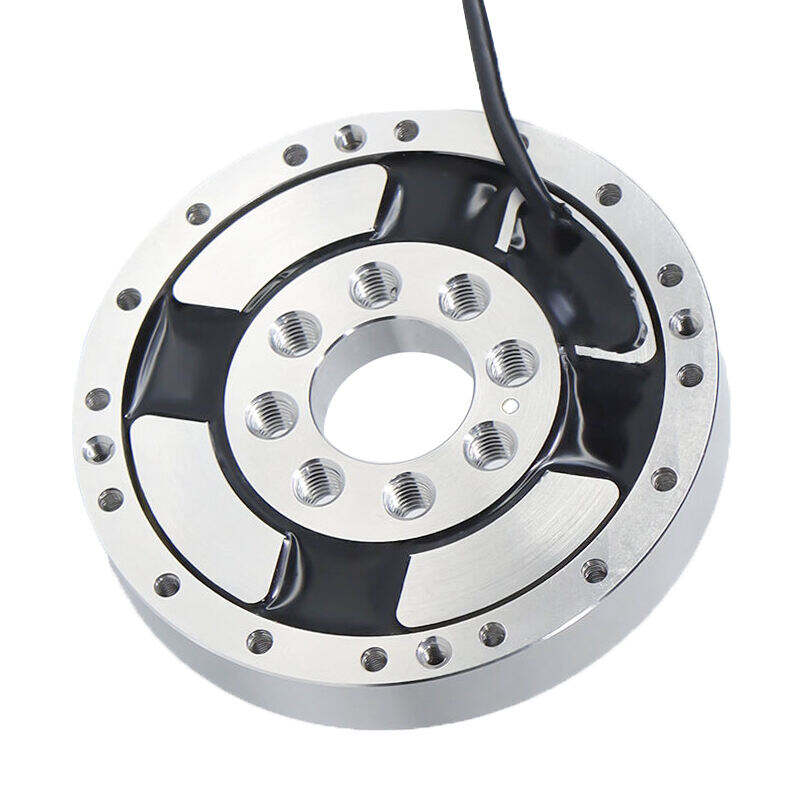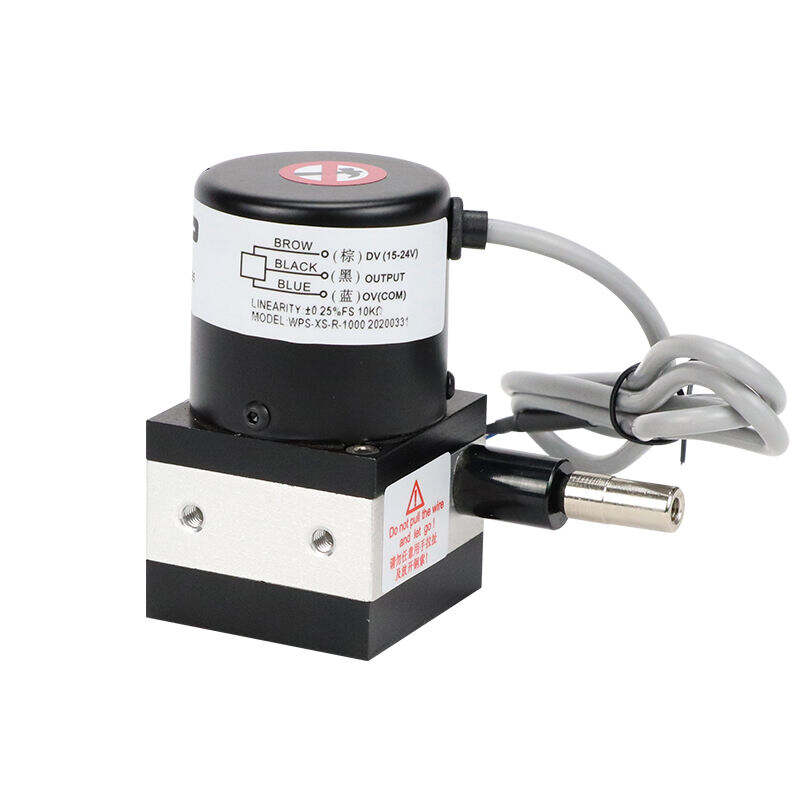Potentiometric displacement sensor
A Potentiometric displacement sensor is a sophisticated measurement device that converts linear or rotary motion into electrical signals through a variable resistor mechanism. This sensor operates on the principle of voltage division, utilizing a high-precision resistive element and a sliding contact (wiper) that moves along this element. As the wiper moves, it creates varying electrical resistance proportional to the displacement, providing accurate position measurements. The sensor consists of three main components: a resistive track, a sliding contact, and terminals for electrical connections. When a constant voltage is applied across the resistive track, the wiper's position determines the output voltage, which directly corresponds to the mechanical displacement being measured. These sensors offer exceptional linearity, resolution down to micrometers, and reliable performance across various environmental conditions. They are particularly valued in industrial automation, robotics, and precision machinery for their ability to provide absolute position measurements without the need for complex signal processing or reference points. The robust construction and straightforward operating principle make them ideal for applications requiring continuous position feedback in both harsh industrial environments and precision laboratory equipment.


